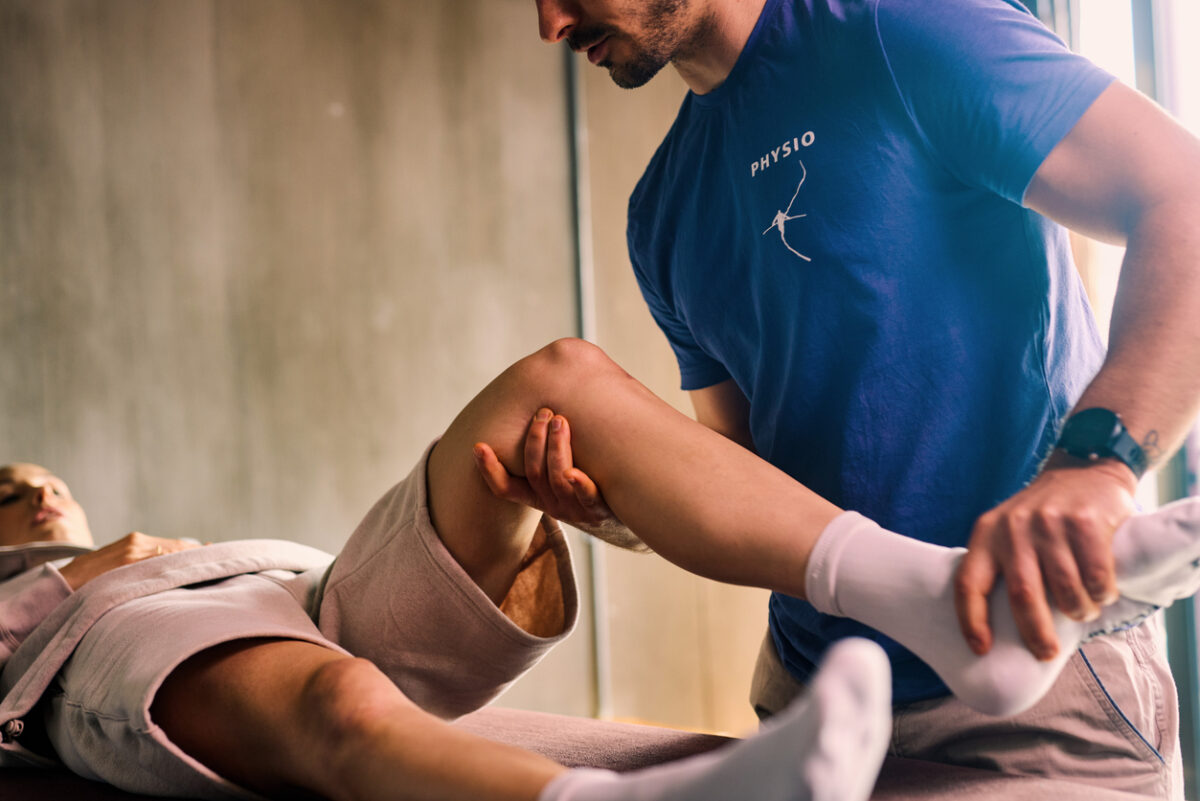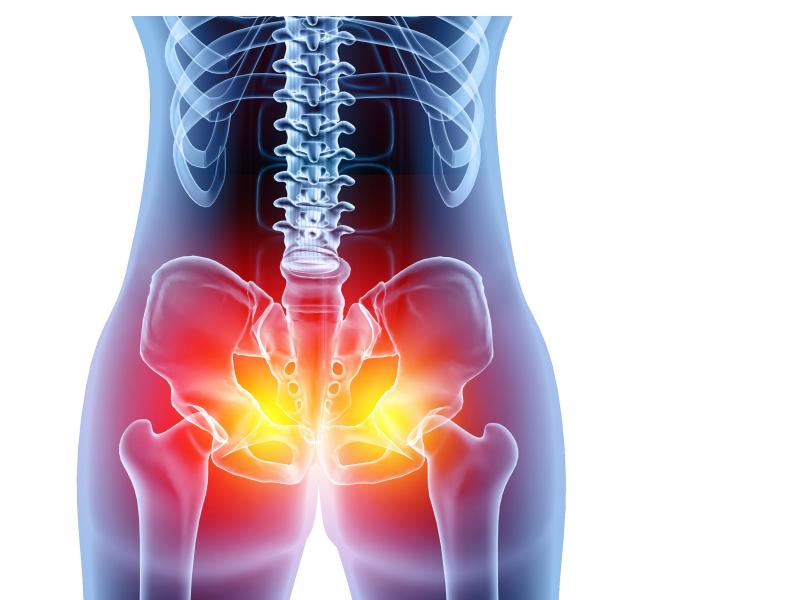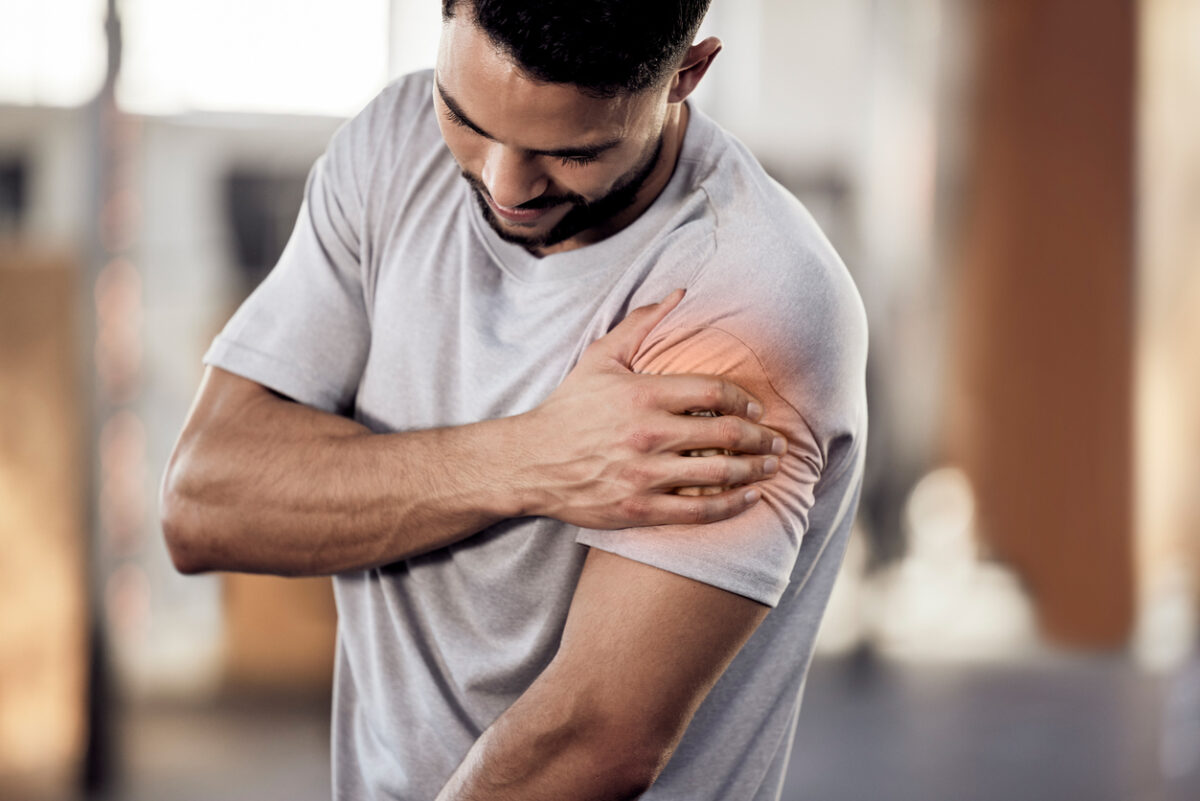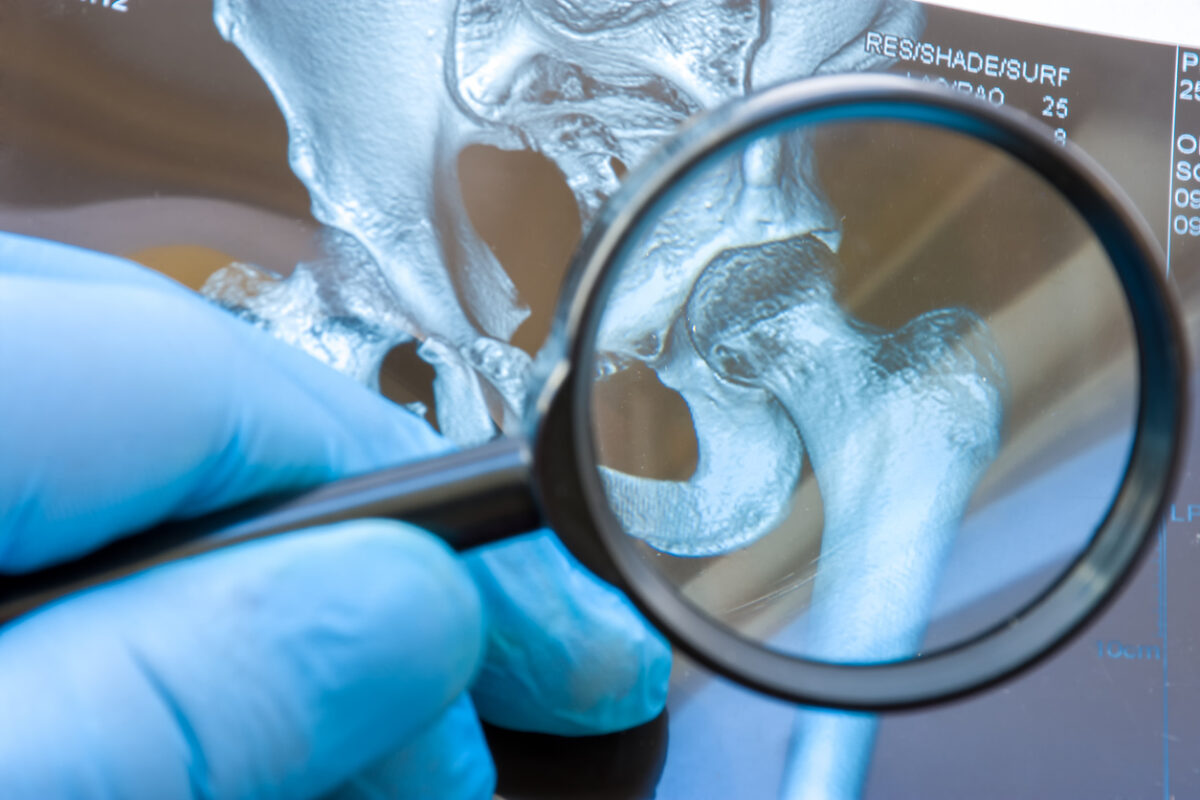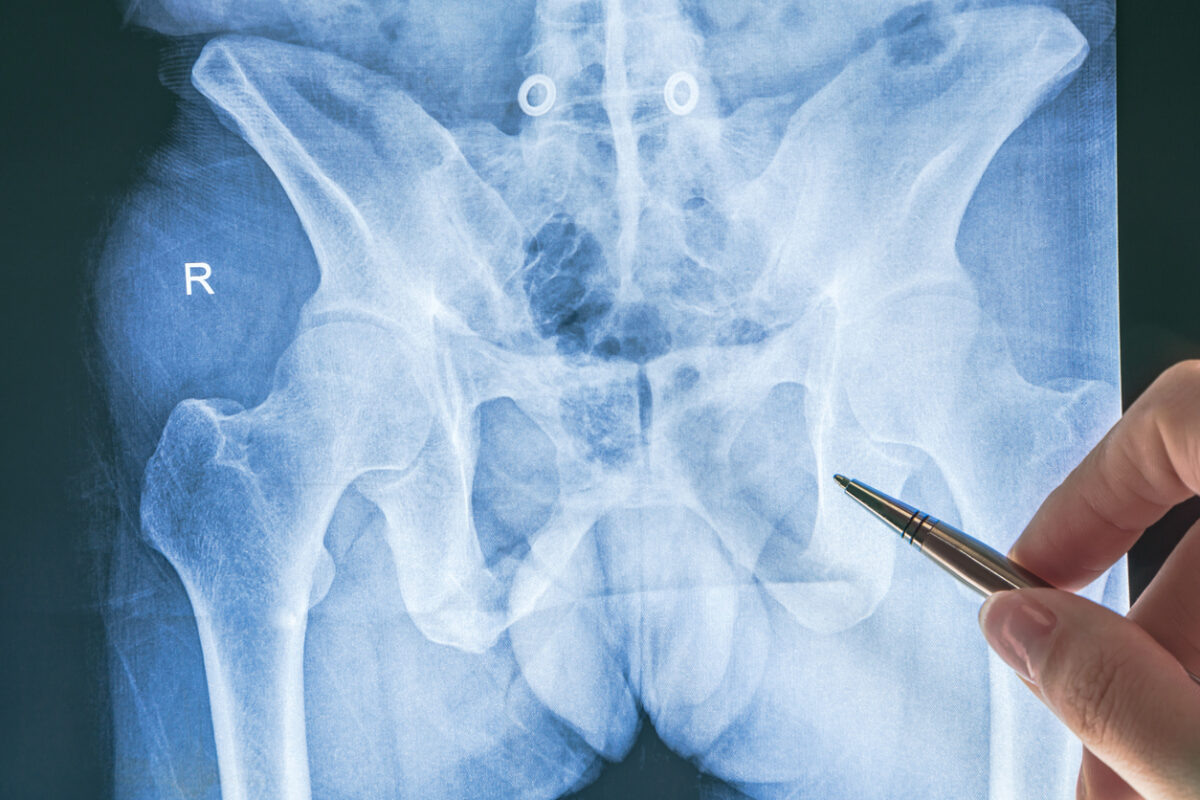Lateral epicondylitis, better known as tennis elbow, is one of the most common tendon injuries affecting the outer part of the elbow. It develops when the tendons responsible for wrist and finger extension become overloaded, often from repeated gripping, lifting, or twisting. While athletes can develop it, most cases occur in everyday settings, making it Read More »

